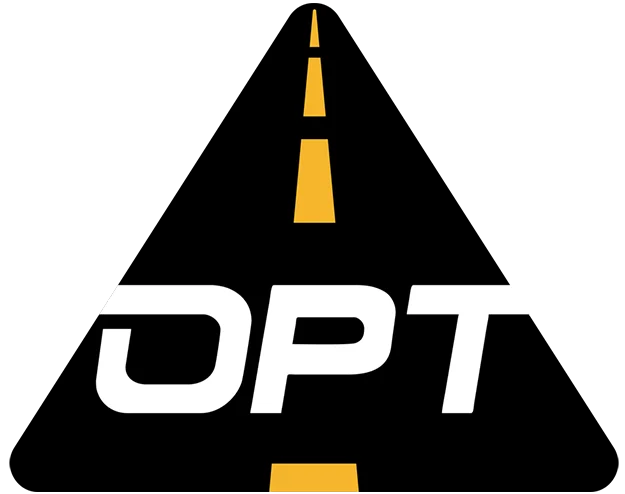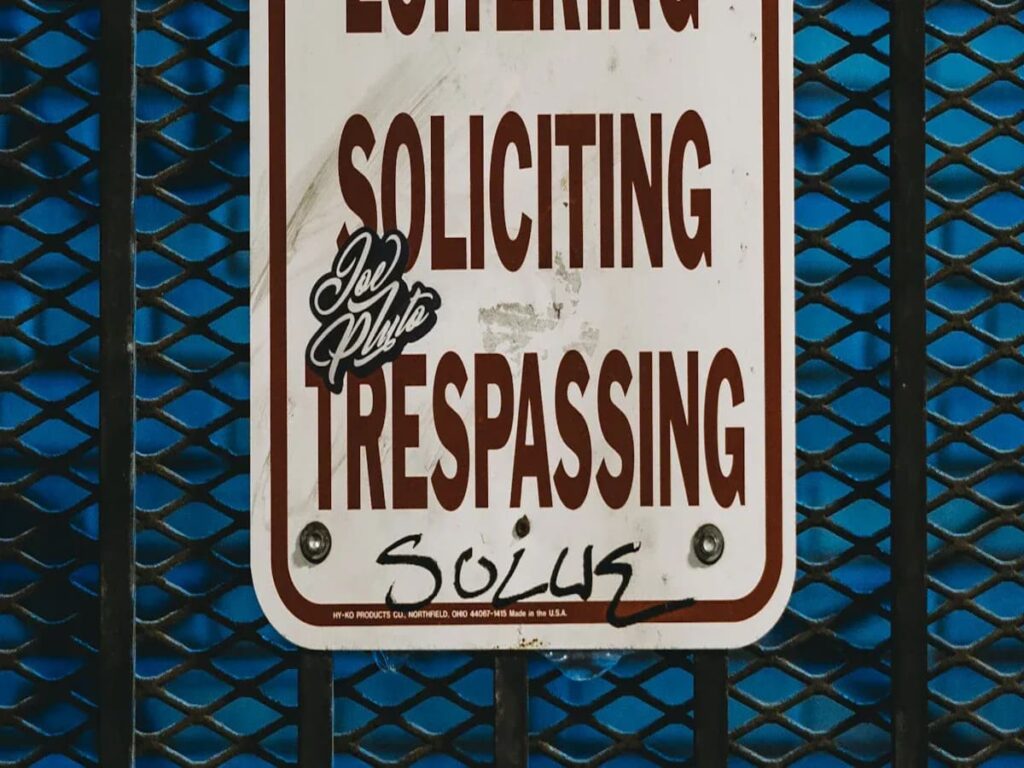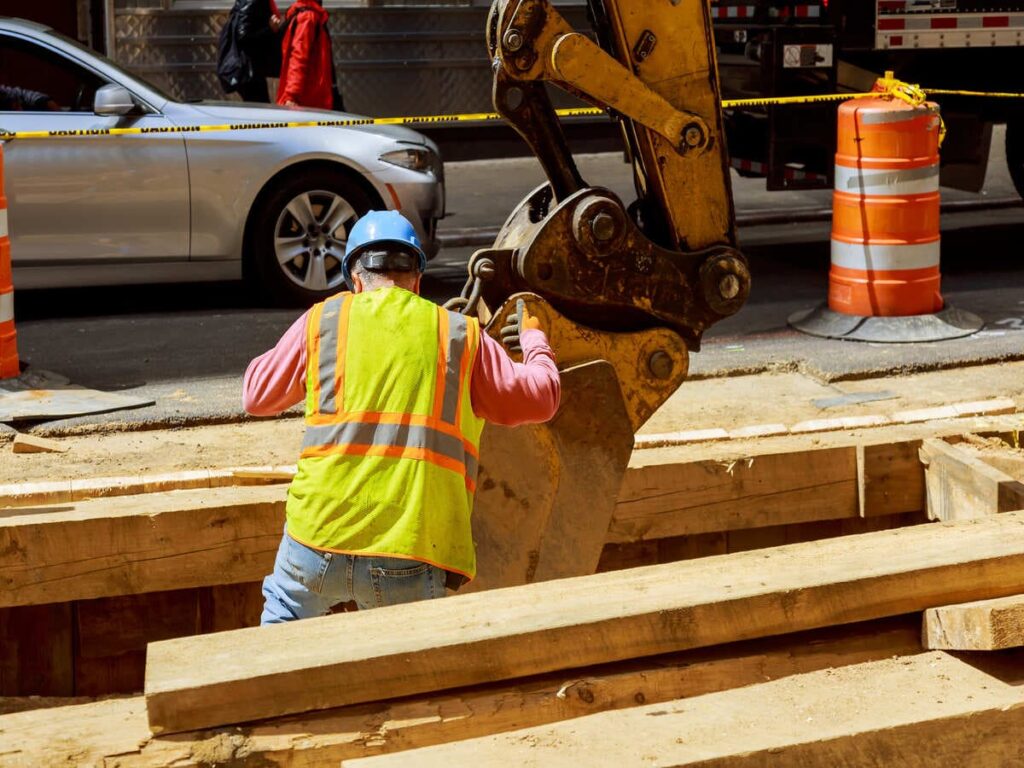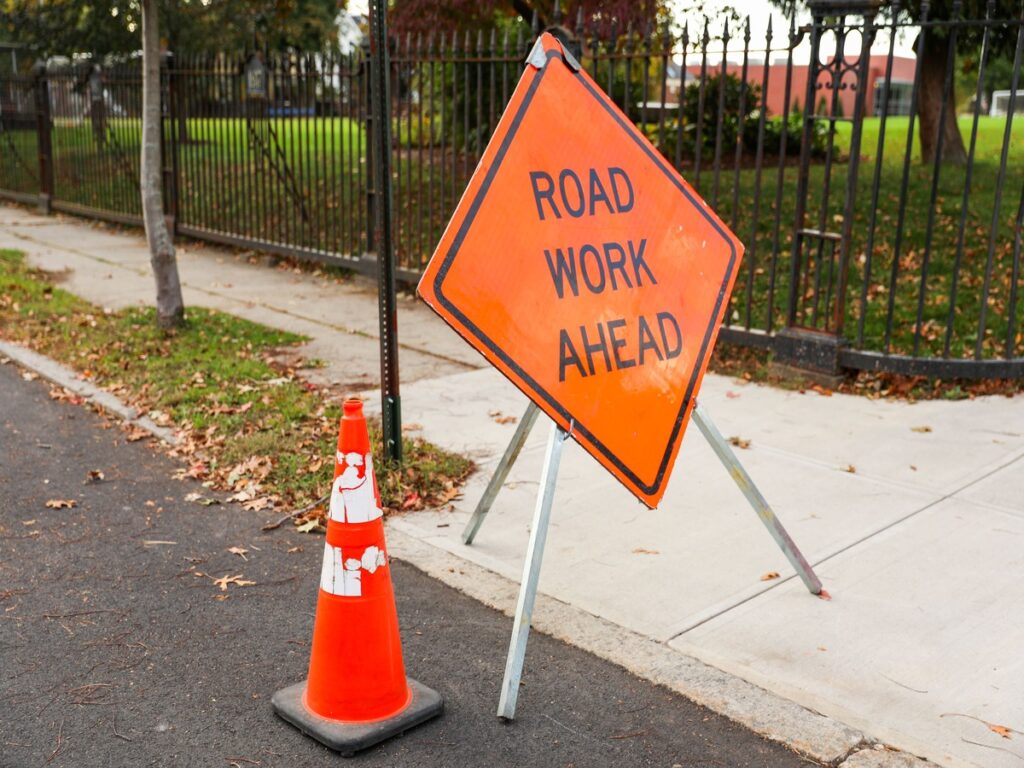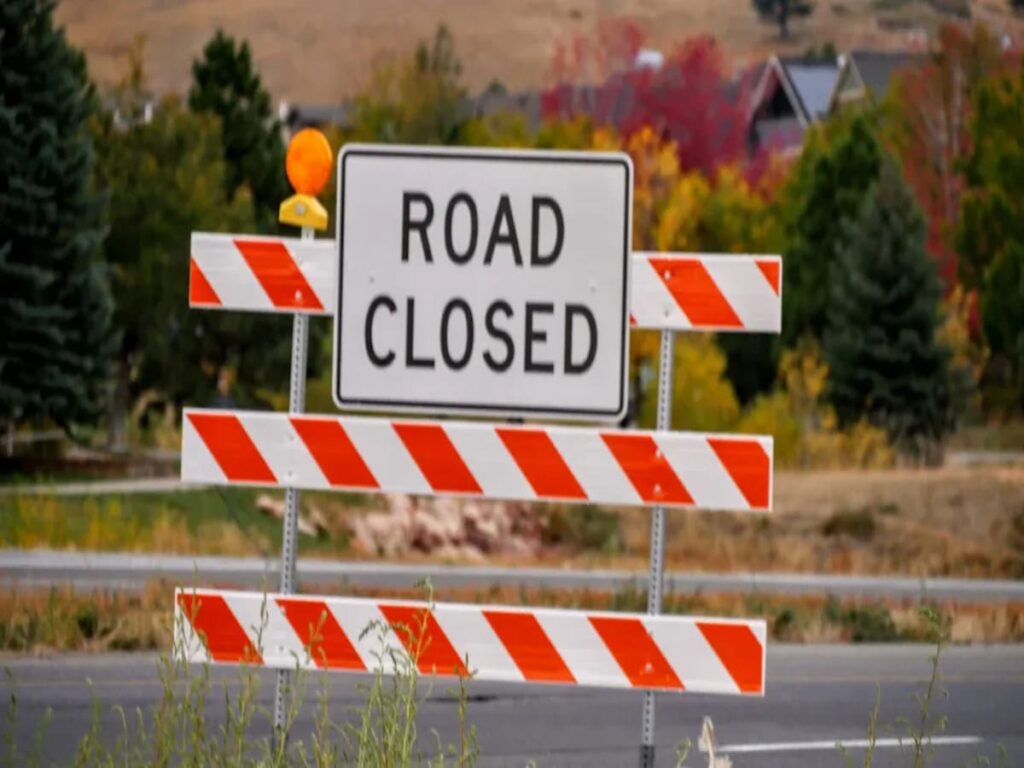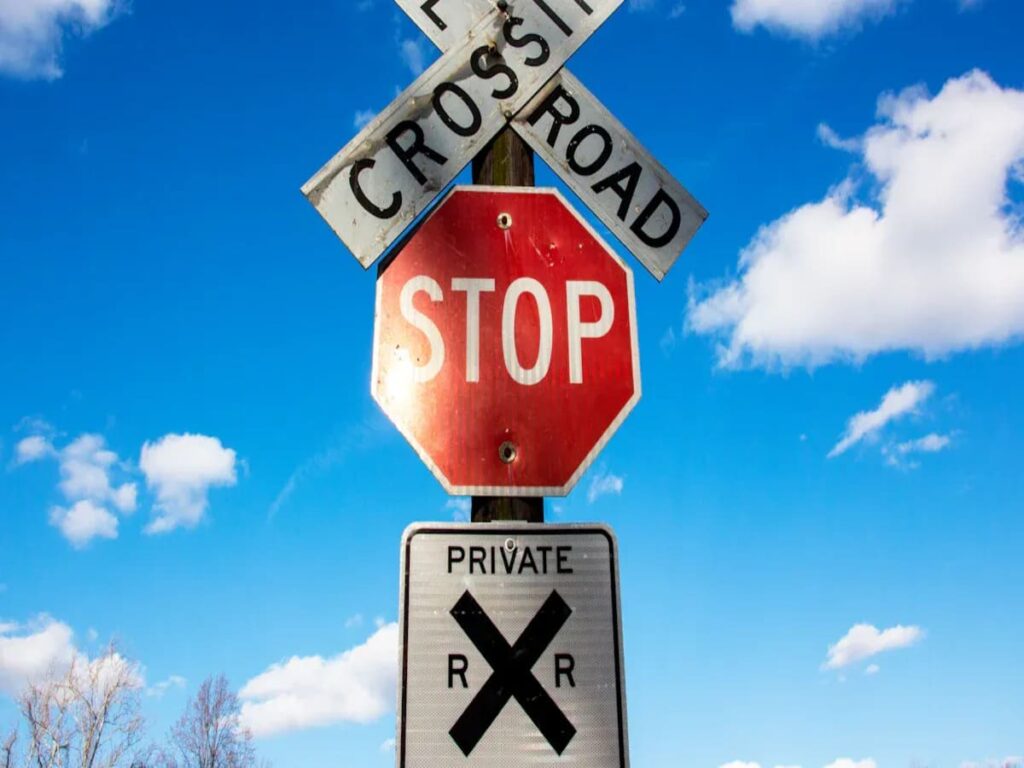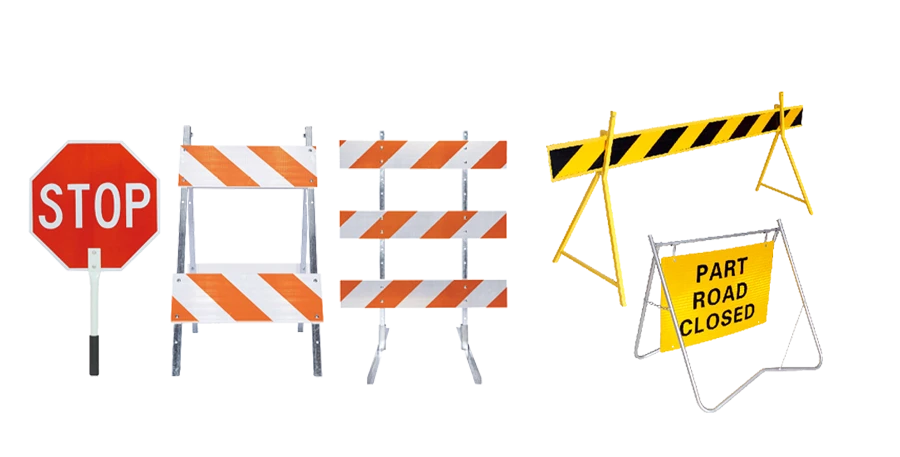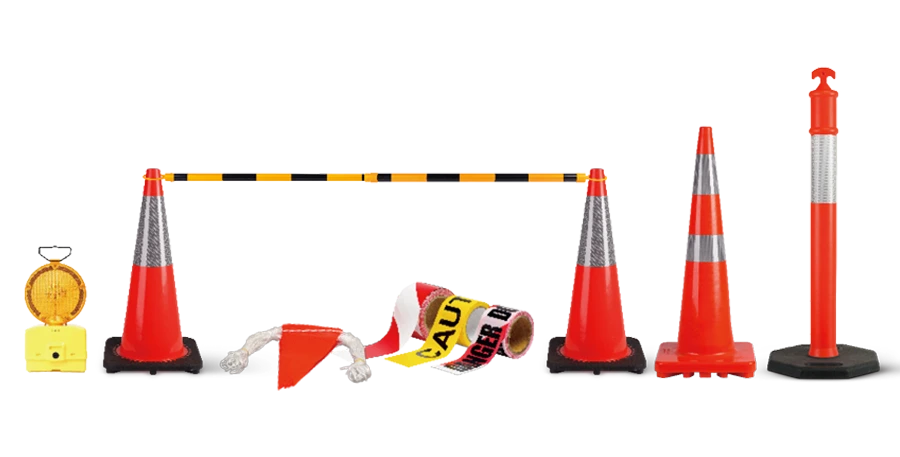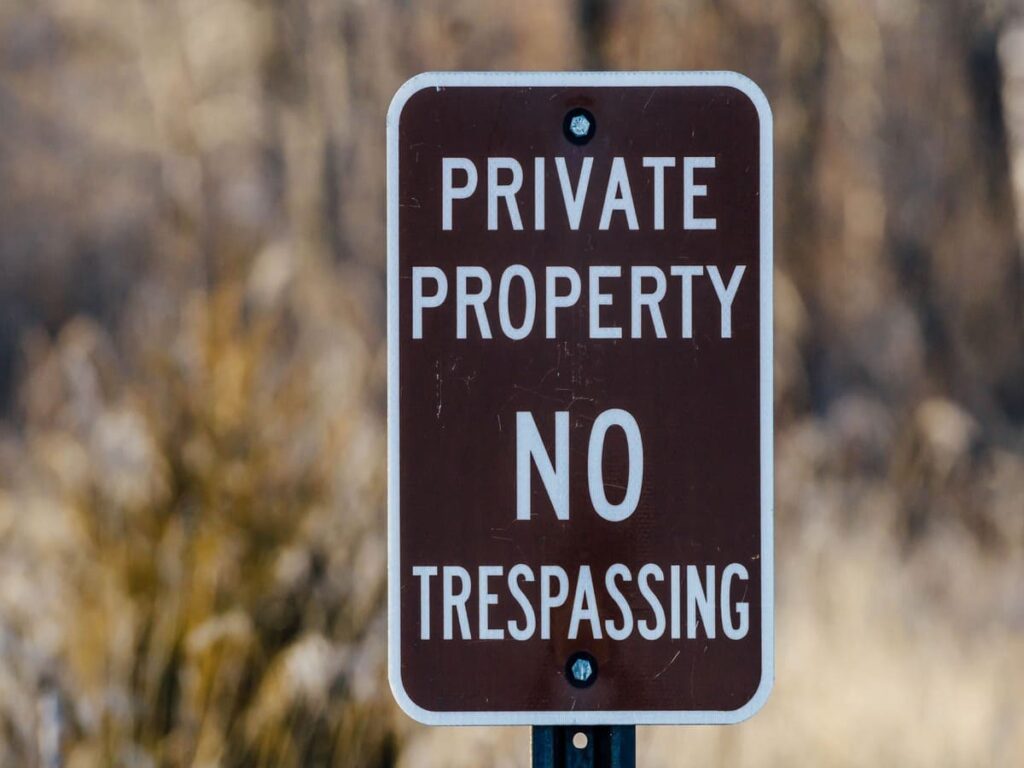
Imagine a person walks up to a gate at sunset. He notices a bright sign with easy-to-read words and shiny letters. The sign is easy to see because it is big and bold. These things help private property no trespassing signs keep people out and warn them. Owners pick the color of the words and strong materials to make the sign easy to spot, especially at gates. Making signs special helps follow the law and match what each property needs.
At OPTRAFFIC, we understand the importance of making signs clear, durable, and compliant with local regulations. With years of experience in providing high-quality traffic signs, we offer a wide range of solutions tailored to meet the specific needs of every property and jurisdiction. Whether you need no trespassing signs, custom security signage, or regulatory markers, OPTRAFFIC ensures your signs are visible, reliable, and built to withstand the elements. Trust OPTRAFFIC to help you keep your property safe and compliant with the latest standards.
Key Takeaways
- Pick big signs so people can see them easily. Signs should be at least 12×18 inches for homes. Use 18×24 inch signs for bigger properties.
- Use bright colors like red, yellow, and black. These colors grab attention fast. They help people see and understand the sign quickly.
- Put signs at every place people can enter. Make sure signs are at eye level. Signs should be no more than 100 to 200 feet apart. This helps mark your property clearly.
- Use reflective materials so signs can be seen at night. Reflective signs help keep your property safe when it is dark.
- Pick clear and strong words for your sign. Use phrases like ‘No Trespassing’ or ‘Violators Will Be Prosecuted.’ This shows you are serious and helps protect your property.
The Importance of Private Property No Trespassing Sign Design
Purpose and Effectiveness of No Trespassing Signage
Private property no trespassing signs help keep people safe. They also protect the land from unwanted visitors. Owners put up signs to show where their property starts and ends. This helps stop people from coming in without permission. Good sign design makes it easy for people to see and read the message. Bright colors and clear words make the sign stand out. They also make people pay attention and act fast. Owners use signs for many reasons:
- They want to avoid problems if someone gets hurt on their land.
- They want to take action against trespassers, thieves, or vandals.
- They want to keep families, workers, and visitors safe.
Signs with legal warnings help police respond quickly. Signs that are easy to see and have strong colors help people follow the rules. Owners who pick good sign designs make their property safer and lower risks.
How Design Influences Trespassing Prevention
The way a sign looks can help stop trespassing. Big signs with bright colors are easy to notice. Signs with dark letters on a light background are easy to read. Signs with shiny surfaces can be seen at night or in bad weather. Putting signs at gates, fences, and entryways helps warn people before they come in.
A table below shows how design features help signs work better:
| Design Feature | Impact on Safety | Impact on Attention |
|---|---|---|
| Large Size | High | High |
| Bold Color | High | High |
| Reflective Surface | High | High |
| Clear Wording | High | High |
Owners who use smart sign designs keep their property safe. Signs with color, contrast, and clear words help stop trespassing and protect everyone.
Sign Size and Visibility: Making Signs Easy to See
Picking the Right Sign Size
The size of a sign is very important. Big signs get people’s attention fast. Most owners pick signs that are 12×18 inches or 18×24 inches. The 12×18-inch signs are good for homes and small yards. The 18×24-inch signs work best for big places like farms or factories. Bigger signs can be seen from far away. This helps people notice the warning quickly.
Here is a table that shows which sign size works best:
| Sign Size | Best Use | Visibility Distance |
|---|---|---|
| 12×18 inches | Residential, small properties | Up to 50 feet |
| 18×24 inches | Industrial, large properties | Up to 100 feet |
Experts say signs should be easy to read from 30 feet away. Letters should be at least one inch tall. Some states have rules about sign size and letter height. Michigan and New Hampshire have laws for this. The chart below shows the smallest sign sizes needed in some states:
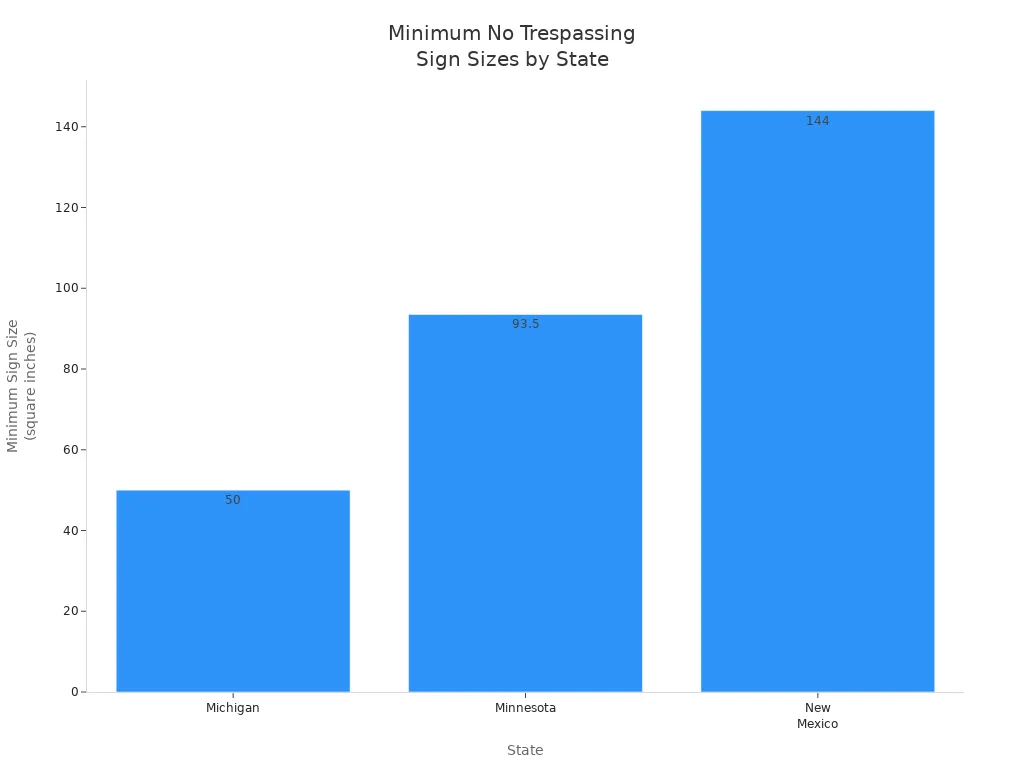
Where to Put No Trespassing Signs
Putting signs in the right spot keeps people safe. It also helps with legal rules. Owners should put signs at every gate, driveway, and fence. Signs need to be easy to see and at eye level. Some states say signs must be no more than 100 to 200 feet apart. This makes sure every area is marked.
Here is a table with tips for placing signs:
| Best Practice | Description |
|---|---|
| Visibility | Place signage at each entry point |
| Legibility | Use letters at least one inch tall |
| Size | Signs should cover at least 50 square inches |
| Strategic Placement | Install signage at eye level and in clear sight |
Owners should think about the area when picking sign colors. Bright colors like red on white or black on yellow are easy to read. Signs with shiny surfaces help people see them at night or in bad weather. These choices make signs stand out and show where property lines are.
Tip: If there are lots of trees or busy backgrounds, use bigger signs and bright colors. This helps people see the sign better.
The Psychology of Color and Reflectivity in Sign Design
Color Choices That Maximize Visibility on No Trespassing Signs
Color is very important for signs. Red gets attention fast and means danger. People see red first because it pops out. Yellow, black, and white make strong contrast. These colors help people see signs from far away. They also help people know what the sign says quickly. Owners pick colors that keep people safe and alert.
- Red means stop and warns people.
- Yellow is easy to see in sunlight.
- Black letters on white or yellow are clear.
- White backgrounds make signs look neat.
Owners use these colors to make signs easy to see. Strong colors help signs stand out in busy places or near trees.
The Role of Reflective Materials for Enhanced Nighttime Visibility
Reflective materials help signs work at night. Signs with reflective aluminum or vinyl shine when lights hit them. This keeps signs easy to see after dark. There are different types for different places. The table below shows some choices:
| Type of Reflective Material | Best For | Viewing Distance | Features |
|---|---|---|---|
| Engineer Grade Reflective (Type I) | Facility signage, parking lots | Up to 500 feet | Good for close-up viewing. |
| High Intensity Prismatic Reflective (Type IV) | School zones, pedestrian crosswalks | Up to 1,000 feet | Brighter for seeing from farther away. |
| Highway Grade Reflective (Type VIII) | Highways, expressways | Up to 1,500 feet | Brightest for long-distance viewing. |
Reflective signs help drivers and walkers see them in the dark. Bright colors and shiny surfaces make signs better for safety and stopping trespassing.
How Weather and Lighting Affect Sign Effectiveness
Weather can make signs hard to see. Rain, fog, and snow can block signs or make colors fade. Engineer-grade film works well in fog or dusk. High-intensity sheeting helps in busy places with lots of light. In snowy areas, owners should put signs 12 inches above snow and tilt them to stop glare and rain streaks.
Lighting is important too. Owners can use floodlights, spotlights, or line lights to help people see signs. LEDs and solar lights save energy and last longer. These lights help signs stay bright when there is not much sunlight.
Pro Tip: Pick UV-resistant and weatherproof materials for signs. These keep colors bright and stop damage. This helps signs stay safe all year.
Crafting Effective Messaging for Private Property Signs
Warning vs. Prohibition: Choosing the Right Tone for Your Sign
Signs help keep people safe and protect property. Owners choose if signs warn or prohibit. Warning signs use gentle words like “Private Property—No Trespassing.” These signs ask people to respect the area. They help people feel safe. Prohibition signs use strong words like “No Trespassing—Violators Will Be Prosecuted.” These signs show authority and make rules clear. Strong words get attention and make people think before entering. Owners should pick the right tone for their property. Homes often use warning signs for a friendly feel. Factories use prohibition signs to show strict rules and keep people safe.
Adding Legal Consequences to No Trespassing Signs
Signs with legal consequences help people follow rules. They also protect owners. Signs that mention fines or prosecution make rules easy to understand. These signs show trespassing can lead to legal trouble. The table below explains how legal words help:
| Aspect | Explanation |
|---|---|
| Providing Notice | Signs tell people they cannot enter. |
| Civil and Criminal Consequences | Trespassing can lead to legal action, so people follow rules. |
| Protection Against Liability | Owners can show warnings to defend against claims. |
Many states need special words or laws on signs. For example, New York Penal Law § 140.05 explains unlawful entry and why clear signs matter. Owners in Alabama, Alaska, Arizona, Arkansas, California, and Colorado use legal words to help enforce rules. Good sign placement and wording help mark property lines and support legal action.
Customizing No Trespassing Signs for Specific Needs
Owners can make signs fit their property needs. Custom signs help keep people safe and get attention. Some examples are:
- No Trespassing—This Property Is Protected By Video Surveillance—Beware Of Dogs
- Emergency Exit Only—Alarm Will Sound
- No Lifeguard On Duty—Swim At Your Own Risk
Custom signs use engineer-grade reflective aluminum for strength and contrast. Signs come in sizes like 12″ x 18″ and 18″ x 24″ and are easy to install. Owners can add legal details, phone numbers, or special warnings. Making messages fit threats or people helps signs work better. Clear words, strong warnings, and bold colors make signs more effective.
Tip: Owners should think about their property and pick signs that match the area, risks, and laws. Custom messages help keep people safe and stop trespassing.
Choosing the Right Durable and Custom Signage
Materials That Ensure Longevity and Durability
Signs need to last in rain, snow, and sun. Owners pick materials that keep signs strong and easy to read. Aluminum is tough and does not rust. Stainless steel looks modern and needs little care. Acrylic blocks UV rays but can break if it is thin. Vinyl has bright colors but does not last long outside. Dibond and Alumalite do not bend and handle weather well. Wood needs a seal to stop damage. The table below shows how each material works in different weather:
| Material | Durability Features | Climate Performance |
|---|---|---|
| Aluminum | Tough, lightweight, corrosion-resistant | Withstands harsh weather |
| Stainless Steel | Strong, low maintenance, impact-resistant | Durable in severe conditions |
| Acrylic | Weather-resistant, UV protection | Can crack if thin |
| Vinyl | Flexible, vibrant colors | Less durable for long-term use |
| Dibond | Maintains shape, resists UV rays | Avoids warping |
| Alumalite | Rigid, lightweight, resists weather effects | Excellent for outdoor settings |
| Wood | Needs sealing, can warp or rot | Varies with treatment |
Budget-Friendly vs. High-End Professional No Trespassing Signs
Owners choose private property signs based on cost and needs. Cheap signs use cardboard or thin aluminum. These work for a short time and cost less. Expensive signs use stainless steel or strong aluminum. These last longer and do not fade or break easily. Owners pick strong signs for busy places or long use. Price matters, but safety and clear words are most important. Signs must be easy to read and show warnings.
- Budget-friendly signage: Good for short use, costs less, not very strong.
- High-end professional signage: Best for long use, costs more, very strong.
Customization Options for Tailored No Trespassing Messaging
Custom signs help owners fit their property needs. They pick the right size, material, and message. Big signs work well by roads. Owners use bright colors for safety and attention. Simple messages make signs easy to understand. Icons or legal words help people follow rules. Owners pick aluminum for long-lasting signs or Coroplast for short use. They choose text colors like black, white, or red for strong contrast. Custom signs help people see them and follow laws.
| Customization Aspect | Options |
|---|---|
| Size | 7 × 10″, 10 × 14″, 12 × 18″, 18 × 24″, 24 × 30″, 36 × 48″ |
| Material | Aluminum, Coroplast, Reflective signage |
| Text Color | Black, White, Red |
| Design Elements | High-contrast text, Icons, Legal language |
Tip: Owners should use signs with clear design and strong colors to help safety and get attention.
Owners make their property safer by picking the right sign size, color, reflectivity, and wording. Bright colors and shiny surfaces help people see private property signs when it is dark. High-contrast colors, like black on yellow, make words easy to read. Owners should use these tips for good signs:
- Put signs at every entrance and busy spot.
- Use big letters and strong materials for signs.
- Follow state rules for where and how far apart signs go.
- Change the words to fit what the property needs.
Nevada law says signs must be easy to see and less than 500 feet apart.
Check buying guides to find signs that work for your property and follow the law.
FAQ
What does a private property sign mean?
A private property sign indicates that the land is owned by an individual or entity and is not open for public access. It is a clear legal warning to inform others that the property is not to be entered without permission. These signs serve to protect the property owner’s rights and help prevent unauthorized access. Properly posted private property signs are important for ensuring legal protection and deterrence against trespassing.
What is the law on private property in California?
In California, the law grants property owners the right to exclude others from their property. The no trespassing signs must be clearly visible and placed at key entry points to ensure that trespassers are warned. California Penal Code 602 specifies penalties for trespassing, and a properly posted private property sign strengthens the enforceability of this law. Make sure to follow any local ordinances regarding the size and wording of the signs.
Can I put a no trespassing sign in my yard?
Yes, you are allowed to put a no trespassing sign in your yard to clearly indicate that the property is private. It’s essential to make sure that the sign is easily visible to anyone approaching the area. Posting a no trespassing sign provides legal protection and ensures that others are aware they cannot enter your property without permission.
What is the best size for private property no trespassing signs?
The size of a private property no trespassing sign plays a significant role in its visibility and effectiveness. Larger signs are generally more visible from a distance, especially for vehicles or pedestrians in low-light conditions. However, the sign must comply with local regulations (e.g., U.S. MUTCD guidelines or regional codes), ensuring that it is large enough to be noticed but not so imposing as to overwhelm the space. For bulk no trespassing signs, consistency in size ensures uniformity and legal compliance across properties.
Which colors make no trespassing signs stand out best?
Red, yellow, black, and white are good choices. These colors make the sign pop and get attention fast. People can read the sign from far away. Owners use strong colors to help keep people safe.
Can the wording on private property no trespassing signs affect their effectiveness?
Yes, the wording on the sign should be clear, concise, and authoritative. The message should directly state the restriction, such as “No Trespassing” or “Private Property—Authorized Access Only.” Including additional legal references (e.g., local law citations) can enhance the sign’s legal enforceability. Using strong, direct language creates a sense of authority, making trespassers more likely to heed the warning.
What are the benefits of bulk no trespassing signs for property owners?
Purchasing bulk no trespassing signs offers several advantages, including cost savings and uniformity. Bulk purchases are ideal for property owners with multiple locations or large estates. Having a consistent look and message across all signs reinforces the warning and ensures that all areas are legally protected. Bulk options also allow property owners to quickly replace damaged or outdated signs.
